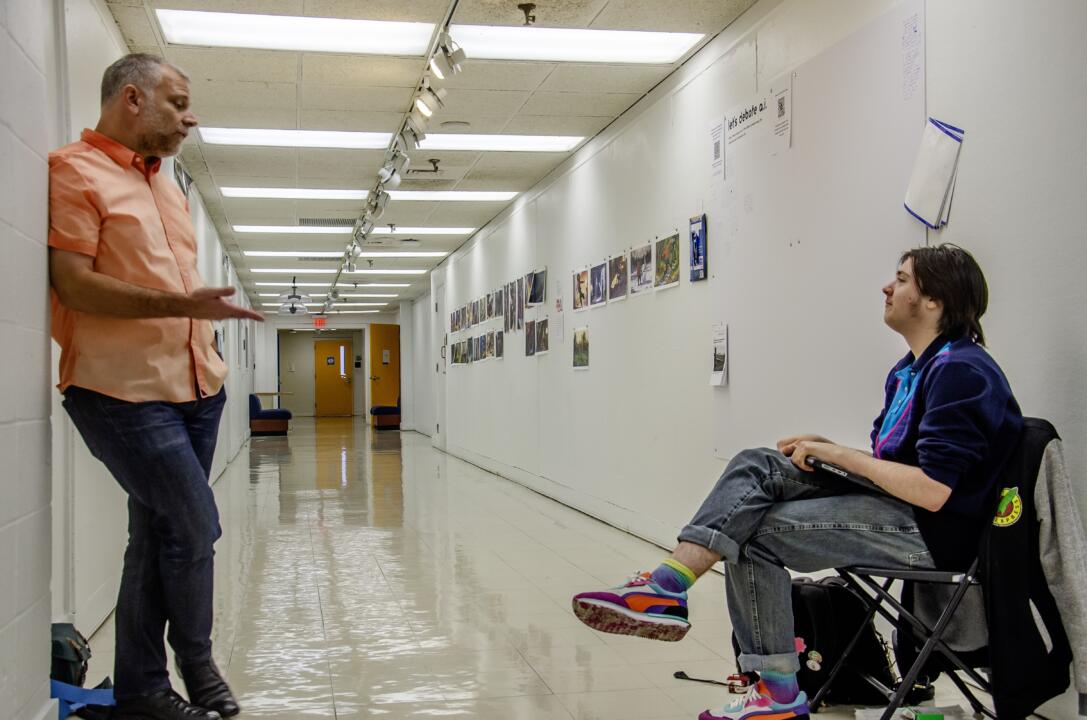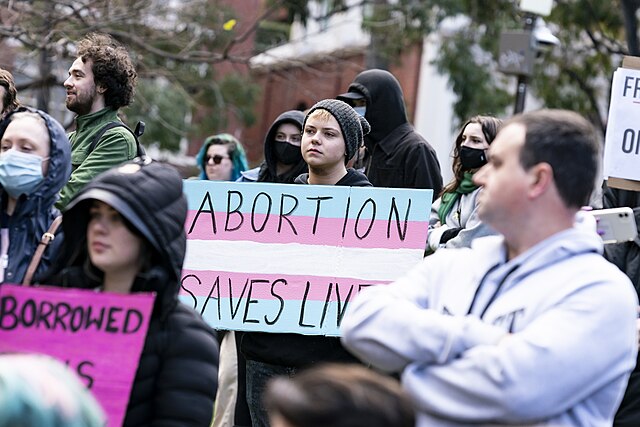Decreased residential hall capacity, hybrid teaching plans and a “dynamic process” punctuated the new fall planning document that the University of Maryland, Baltimore County released moments ago. The document comes in the midst of the Fall Planning Committee’s workgroup meetings, where deans, students and faculty members have been discussing via Zoom and Webex calls the details of a logistical return to campus.
UMBC is planning “as early as mid-June” to begin a phased reopening of research labs and facilities. In Fall of 2020, selected courses will be either “full or partial in-person delivery” and the remaining courses will be offered virtually.
UMBC’s plan follows the announcement from Chancellor Jay Perman who stated that all universities in the University System of Maryland must “comply with federal, state, and local laws and regulations.”
Most staff and faculty members will continue to work remotely. Faculty members will be supported with furthered virtual learning training as a part of the collaboration between the Faculty Development Center, the Division of Information Technology, and the colleges.
In residential halls, the density of students will be decreased. Those students who otherwise would not be able to complete courses required for continued progress toward their degrees will be prioritized for residential housing.
University Health and Counseling will still be providing services remotely in “telehealth mode” but will also be providing on-campus presence to support the emergency needs of those students living on campus.
According to the document, part of UMBC’s plan includes Intercollegiate Athletics slowly returning to campus, “with guidance from the NCAA and the America East Conference.”
The “Backup Scenario” or “Plan B,” which would be triggered by a COVID-19 outbreak affecting the campus or surrounding areas, looks very different, with Residence Halls only open for students with “special needs” and instruction for courses being fully remote.
The workgroups that came up with this roadmap, are separated into five major groups that contribute to the college experience: Academics, Students, Health and Well-Being, Research and Creative Achievement, Events and Community Engagement and Operations. In the Academic workgroup, which The Retriever was permitted to sit in on, conversation surrounded many of the issues that may pose challenges to students and faculty members.
Faculty members in each department were required to list which courses had to be taught in-person and make a compelling case. Faculty will then be asked to fill out a risk assessment sheet, and there were discussions of the process of reviewing those risk assessments.
Some hypotheticals included what would happen if a student was to contract COVID-19 while enrolled in an in-person course. Yvette Mozie-Ross, the Vice Provost for Enrollment Management and Planning expressed explicitly that faculty had to “minimize [face-to-face] as much as possible.”
Dana Bradley, the Dean of The Erickson School, expressed concern about an “evolving target,” in which faculty members might be shifting online because of the complications of in-person teaching.
Bradley also shared that due to the vulnerability factor of age, some faculty members might feel that they need to “self-identify” as an at-risk individual, which complicates the process of pedagogy.
In the “Students, Health and Well-Being” group, many members also shared concerns about who would have the responsibility of monitoring social distancing orders.
The questions of specific logistics to keep students, faculty and staff safe within the different workgroups will continue to be the focus of discussion over the next several months as UMBC continues to watch the evolving situation at hand.


